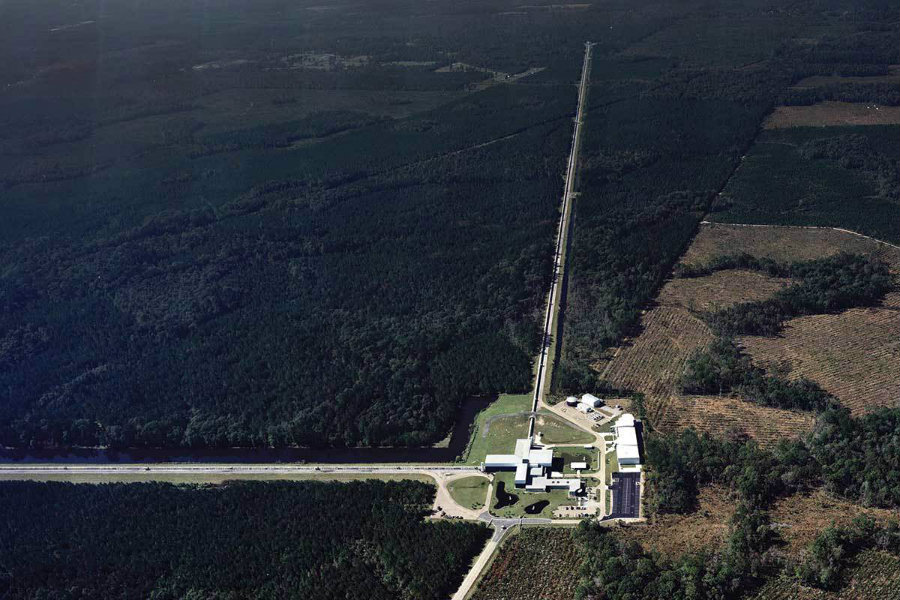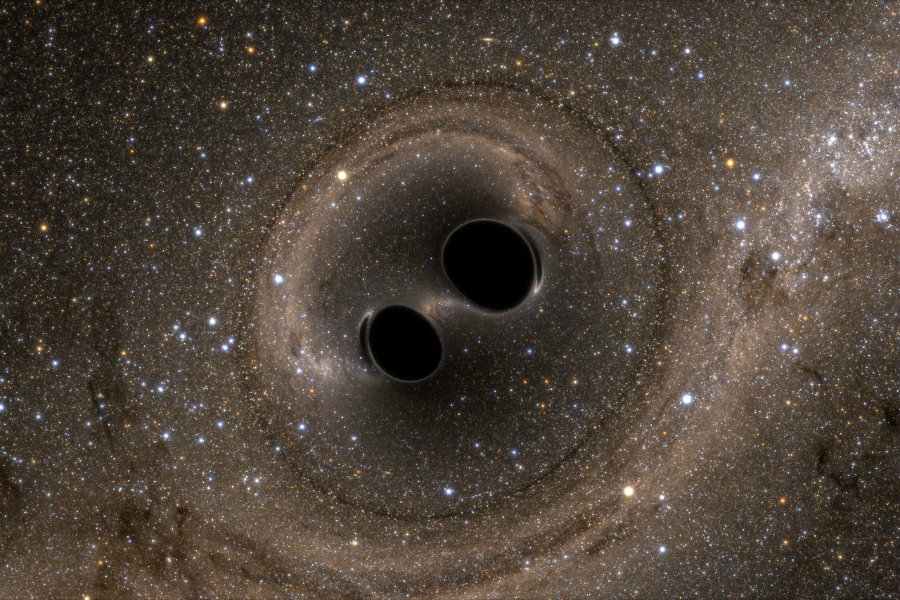The Advanced Laser Interferometer Gravitational Wave Observatory (LIGO) is back on track. After almost 11 months closed, LIGO is ready to perceive gravitational waves.
After being closed since January and under constant evaluation, Advanced LIGO is now functioning and has detected a few gravitational waves successfully. The first detection occurred during an engineering test that went from September 2015 to January 2016. However, it was not until February, 14 months later, that the LIGO team confirmed it had happened. Then, researchers exposed a second gravitational wave in June.

A gravitational wave is a ripple in spacetime caused by the collision of two or more black holes or neutron stars. These elements are among the heaviest ones in the universe, and when they crash one to another, they release enormous amounts of energy
This explanation was made by Alfred Einstein, back in 1916, in his theory of general relativity. Last February, a group of scientists from LIGO’s Hanford and Livingston observatories announced to the world that they had captured the sound of the smash of two black holes colliding at the speed of light that were at more than 1 billion light years away. This represented the confirmation of Einstein’s theory, a hundred years after its elaboration.
“The significance of this expanding ‘window to the universe’ cannot be stressed enough, as it will illuminate the physics of merging black holes, neutron stars and other astronomical phenomena that cannot be reproduced in a laboratory setting,” said National Science Foundation Director France Córdova in a statement.
The team in charge of the LIGO project are scientists from Caltech and the MIT.

The new Advanced LIGO is much better
An earlier version of this project was presented at the beginning of the 2000s but failed to recollect any gravitational wave. On the other hand, during the first trial of the Advanced LIGO, it perceived its first spacetime phenomenon.
The team of researchers is optimistic on making the Advanced LIGO even better. They had made some upgrades that responded quite positively in a six-month testing period. In this time, they were able to include to the LIGO some properties that will enhance the overall development significantly.
Now, the Laser Interferometer has the possibility to reduce the amount of noise (scattered light) and the ability to see waves 75 percent wider than before. This translates to LIGO now having more sensitivity at lower frequencies, in which most of the collisions occur.
The LIGO team is looking forward to being able to recollect gravitational waves with different origins, in the short-term. This is one of the group’s primary objectives.
Alongside LIGO twins from Hanford, Washington, and Livingston, Louisiana, there is a third observatory that hopes to be included in the project. Italian Virgo is expected to join next spring to expand the capacities and enhance the project development.
Source: Gizmodo
